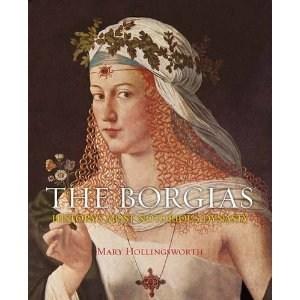
Nr Pag: 384
ISBN: 9780857389169

The Borgia family of Renaissance Italy has become a byword for pride, lust, cruelty, avarice, splendour and venomous intrigue. They have inspired abomination and fascination in almost equal measure, comparable to the Corleone clan depicted in Mario Puzo's novel The Godfather. Indeed, Puzo himself featured the Borgias in his last novel, The Family, and the Borgias have inspired many other works of fiction together with plays, films, and even an opera - Donizetti's Lucrezia Borgia. Of Spanish origin, the Borgias came to prominence in the Italy of the 15th century, at a time when the spiritual values of the medieval Church were being swept aside by the worldly secularism of the Renaissance. They also became notorious for licentiousness, venality and indeed all forms of immorality, while at the same time their patronage of the arts helped to bring about some of the greatest artistic masterpieces of the Renaissance. Notorious Borgias include: Cesare Borgia (1476-1507) - the illegitimate son of Pope Alexander VI. Violent and passionate, he was greatly admired by Machiavelli. Lucrezia Borgia (1480-1519) - the sister of Cesare, accused of incest and poisoning, and one of history's most famous femmes fatales. Rodrigo Borgia (Pope Alexander VI) (1431-1503) - father of Cesare and Lucrezia, he was notorious for his extravagance, nepotism and immorality.